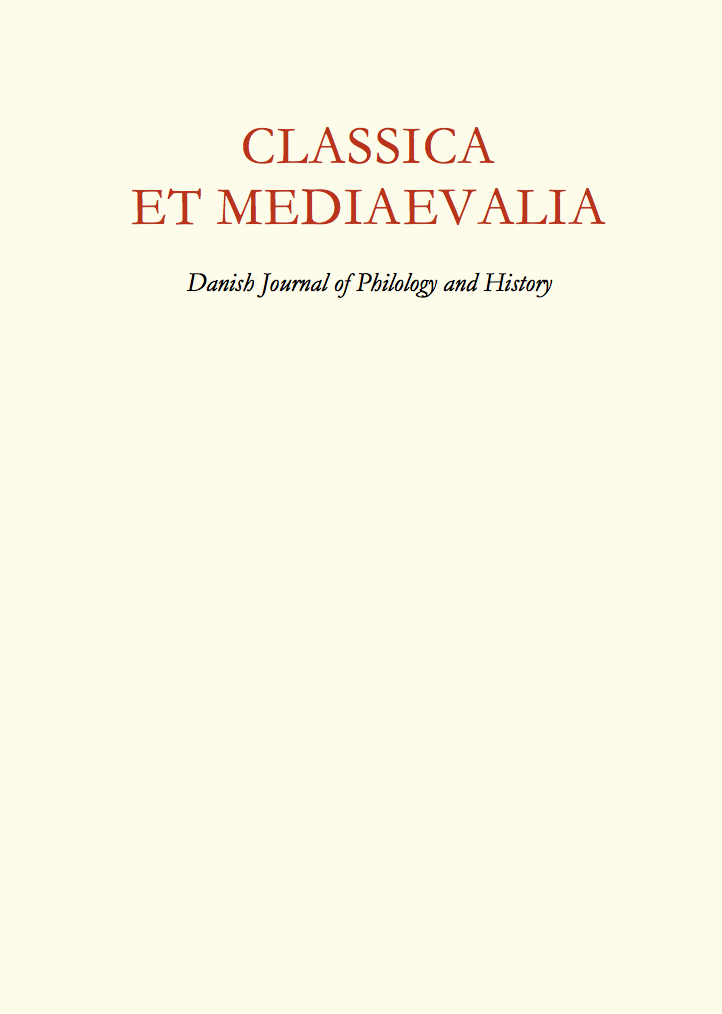Cosmology, Place, and History in Varro’s De lingua Latina 5
Abstract
This article interprets Varro’s etymological discussion of locus in book 5 of De lingua Latina (1-56) as representative of a Varronian “place-based” history. It argues that Varro’s reconstruction of Rome’s loci as cosmically essential and structuring elements of both the city and Roman culture in his present day depended upon the author’s peculiar understanding of the past and of historical truth –namely, that fundamental principles of truth manifest both on different levels of reality, and at different points in time. Places –temples, hills, groves, or otherwise – therefore were particularly significant in providing access to the essential meaning of Rome’s institutions, religion, and people. Varro’s consideration of the Septimontium is then analyzed within this framework. The argument demonstrates how Rome’s natural environment, construed as part of an original cosmos, could explain the social and political facts of the present in Varro’s reconstruction of word-history. In particular, the religious importance of the Capitoline hill, and the separation of the Aventine from the rest of the city in the first century BCE, are both given etymological explanations that depend upon the long-lost natural topography of the city.
Downloads
Published
How to Cite
Issue
Section
License

This work is licensed under a Creative Commons Attribution 3.0 Unported License.
Authors who publish with this journal agree to the following terms:
- Authors retain copyright and grant the journal right of first publication with the work simultaneously licensed under a Creative Commons Attribution License that allows others to share the work with an acknowledgement of the work's authorship and initial publication in this journal.
- Authors are able to enter into separate, additional contractual arrangements for the non-exclusive distribution of the journal's published version of the work (e.g., post it to an institutional repository or publish it in a book), with an acknowledgement of its initial publication in this journal.
- Authors are permitted and encouraged to post their work online (e.g., in institutional repositories or on their website) prior to and during the submission process, as it can lead to productive exchanges, as well as earlier and greater citation of published work (see The Effect of Open Access).





